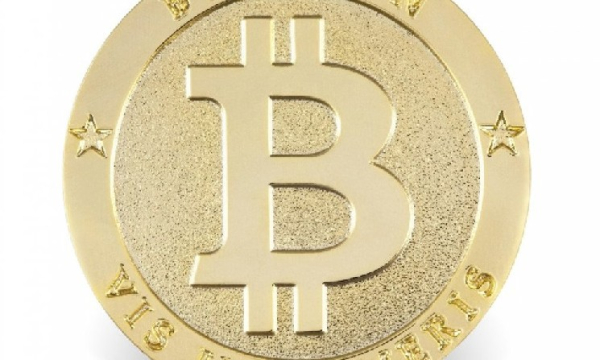Bitcoin price tops $114,000 amid risk appetite return

Bitcoin's price has been on the rise over the past few days, surpassing $114,000 on Tuesday, October 21, amid rising risk appetite.
According to Coinbase's TradingView data, the cryptocurrency reached $114,082.29.
That's up about 10.2% from its multi-month low of $103,500 on Friday, October 17, when Bitcoin fell to its lowest level since late June.
“Bitcoin's recovery appears to be driven by a combination of factors: renewed risk appetite in anticipation of an imminent Fed rate cut, easing macroeconomic concerns, and stabilization following last week's leveraged selloff,” Joe Di Pasquale, CEO of crypto hedge fund BitBull Capital, said via email.
Mark P. Bernegger, co-founder of crypto fund AltAlpha Digital, agreed, although he offered a different explanation for the rise.
“The recent easing of tensions between the US and China has spurred demand for risk assets,” he noted in a written commentary. “President Trump's October 14 announcement of tariffs (which threatened to reach 100% on Chinese imports) sent BTC prices plummeting to $105,000, but Beijing's response on October 19—the easing of export restrictions—instantly reversed sentiment.”
“This triggered an influx of $1.5 billion into the spot market, pushing the BTC price back above $114,000,” Bernegger added.
The analyst also pointed to a significant outflow from exchange-traded funds (ETFs) into gold last week, noting that traders are switching from the precious metal to Bitcoin due to growing concerns over global debt.
Independent analyst Armando Aguilar also linked investor interest to the decline in precious metals.
“Gold and silver recently experienced their worst declines in a decade, prompting investors to turn their attention to Bitcoin and other digital assets,” he explained.
“The price of gold fell 6.3%, from a record $4,381 to $4,082.03 per ounce. This is the largest one-day drop since 2013,” Aguilar explained. “Silver plummeted even more: by 7-8.7%, to $47.89 per ounce, which was the worst day since February 2021.”
He also noted Bitcoin's rapid recovery after the sell-off at the end of last week. “The BTC price has recovered from its decline following last Friday's massive sell-off, which was caused by long-term holders withdrawing their coins from exchanges,” he said.
Bitcoin and Fiat: Correlation Weakening
Tim Enneking, managing partner at Psalion, noted that Bitcoin has been moving independently of traditional assets in recent days. He called this a very positive sign for the leading cryptocurrency.
“BTC has been showing some exciting momentum over the last couple of days,” he wrote. “Regardless of direction, it's extremely encouraging that the correlation between BTC and fiat markets (yesterday) and gold (today) was minimal. That's fantastic!”
“The more the world values BTC and other tokens for their unique properties, rather than simply as high-risk assets, the better for Bitcoin,” Enneking added.
Previously, cryptocurrency attracted attention precisely because it often moves counter to traditional markets like stocks and bonds. This characteristic was described back in 2016 in the paper “Bitcoin: Signaling the Emergence of a New Asset Class.”
However, the situation has changed over time. According to CME Group economist Mark Shor, Bitcoin's correlation with the stock market increased significantly in 2020.
“Return data from January 2014 to April 2025 shows a correlation of 0.2 between Bitcoin and major stock indices,” his article says.
“In 2020, the correlation between Bitcoin and the S&P 500 and Nasdaq-100 indices moved from zero to positive, and the moving average correlation coefficient increased to approximately 0.5,” the article notes.
“The positive correlation is observed with more than one index,” the article emphasizes. “This suggests that Bitcoin's performance is now more dependent on overall economic and market conditions.”
Source: cryptonews.net



